What are termites?
Termites are tiny, pale, soft-bodied insects with evenly sized rear wings, thick abdomens, and straight antennae legs. These insects gather as colonies in the soil and feed mainly on cellulose in wood or other dead plant matter. While termites only measure around 1 cm to a few millimeters, if they enter a property, they can cause extensive damage amounting to thousands of dollars.
Why is termite infestation a common problem in Singapore?
Termites occur on every continent except Antarctica but thrive in places with high humidity and rainfall, such as Singapore. The common 3 types of termites in Singapore are Subterranean Termites, drywood termites, and dampwood termites. Subterranean and Drywood termite infestation is the most common problem, especially in landed properties. Damp, dark environments and moist wood attract these pests. Worker termites tunnel through cracks, so any cracks or damaged wood around the exterior is a passage for them to enter the property.
What to do after discovering a termite infestation?
To spot a termite infestation, monitor for any active termites found in or on a building. Examine the foundation and check under the building. Be sure to also look for termite signs in the debris or the garden. If you discover your property is affected, do not panic. Instead, conduct a professional termite inspection immediately.
Shocking 3 Hidden Causes of Termite Infestations
There are several reasons for termite infestations, but these are the three main causes:
Reason 1: YOUR HOUSE HAS plenty of wood or wooden structures.
Termites feed on cellulose, an essential part of wood. Therefore, any wood in your home may create an opportunity for termites. Your property is also vulnerable to termite infestation if you have an exterior wooden structure, such as a door or window framing near the ground. In addition, for houses situated in damp areas, any decaying wood or wet rot attracts termites even more, providing a cozy environment for them.
Reason 2: Any openings in your property’s foundation, roof, or walls.
In their quest for moisture and food, termites will look for any breach in your property. Even tiny cracks in the foundation’s concrete allow subterranean termites to tunnel through, finding materials for their mud tubes.
Reason 3: Failure to Get an Inspection
You should schedule a pest inspection for your property annually because these pests operate silently for a long time. By the time you realize their presence, they will likely have caused extensive damage. By getting an annual termite inspection, you can minimise the damage to your property.
When does termite damage become visible?
Termites are dangerous pests because they can cause damage to your property that you might overlook for years. You might think that the only way to tell if your home has termite damage is by looking for obvious signs like holes in wood, but that’s not true! Termites can eat away at your house’s structure without leaving a trace. Because of this, it’s essential to get regular inspections from professionals who know how to detect signs of termite damage in your home.
What does termite damage look like? Critical 7 Signs
Here are several warning signs that can help you detect What termite damage looks like and termite infestation before it’s too late.
Hollow wood: If you tap on your wooden floor or structure and hear a soft thud or hollow sound, you might have termites. Use a hard object to test your wood further. If it presses into the wood easily, that’s not a good sign.
Mud tubes: Termites construct mud tubes to help them move from one area to another. If you see small mud tubes around the outside of your property, check for holes where they might be entering your walls.
Discoloration: If you notice a section of your wall or floor has turned brown or black, it indicates that termites have been living there for some time, and they are eating away at the wood.
Crumbling wood: Any wood crumbling away or falling apart when you touch it could mean that termites have eaten through it and caused structural damage. It’s best to get this fixed as soon as possible, so they do not eat away at your home’s structure.
Sawdust piles: Termites feed on wood. As they chew through the wood, sawdust is produced. If you see piles of sawdust along windowsills, door frames or baseboards, it’s a sign of termite infestation. Another sign may be tiny, granular fecal pellets. These are termite droppings known as frass.
Swarmers: If you see swarming termites around your property, it’s a sign that a colony is nearby. Swarming is when the pests leave their nest to begin a new colony. If you see signs of termites outside, quickly inspect your property for any cracks or holes. Another sign is a pile of tiny scattered wings, which could be from termites. When subterranean termites leave the nest to create a new colony, they tend to shed their wings in piles.
Peeling paint: When termites cause drywall damage, they let moisture enter the crawl spaces between the surface and the paint. Such damage causes the paint to bubble or peel. While there are other causes for your paint to buckle, you may have a termite infestation if you see this with different signs.
Can the termite damage be repaired?
Yes, in almost all cases, you can fix termite damage. However, it’s critical to spot the signs and act immediately. Before attempting repairs, ensure you treat the termite problem and eliminate them. Then, once the colony is gone, you can evaluate the severity of the damage and plan for repairs.
Professional vs. DIY Solutions
If you’re looking to repair termite damage, you have a few options. The first is to do it yourself. This can be a great choice if you have time and do not mind getting dirty. Another option is hiring a professional contractor. These contractors have years of experience repairing damage from termites and other pests, so they know what they’re doing. They also have all the tools and materials needed to get the job done right away. Here are more pros and cons for each method to consider:
1. Equipment:
Professionals will have any necessary, specialised equipment to detect termites and termite damage better to repair the house thoroughly. However, if you do it yourself, you will have to invest in professional equipment which you might not use after that.
2. Targeted Solutions:
If you have the time to do it yourself and know the source of the problem, researching specific methods to treat termites might be helpful. Some people prefer to use natural means, such as vinegar and lime, to treat the problem. However, this is a temporary solution. If you hire professionals, they will have a more comprehensive, long-term solution. For those who stay in landed housing, the proximity of the ground to your property means it tends to be more vulnerable to termite infestation. Therefore, you might have to use long-term professional solutions such as a termite baiting system, which is also less invasive.
3. The extent of damage:
Do also consider how severe the damage is to your house. For example, if it is just window sills or a door frame, you can replace it quickly or seal up cracks. But if there is significant damage, you should seek professional help soon for the best repair method so that the damage does not spread throughout your house.
4. Efficacy of treatment:
As you may have realised, while you can undoubtedly try addressing the problem independently, DIY methods can only provide temporary relief. Professional termite solutions, on the other hand, can last at least five years. The pest control professional will also be able to provide you with advice to termite-proof your house.
5. Adverse effects:
You can purchase several off-the-shelf termiticide solutions on your own, but the harmful effects of these chemicals are unknown. The United States Environment Protection Agency warns that the chemical effects of termiticide can be highly toxic and should be handled by a professional. The pest control professionals will be able to make the necessary adjustments so you do not have to suffer the ill effects of inhaling termiticide.
Why Choose a Professional Termite Pest Control Specialist
Overall, it’s much easier to let a pest management professional take care of any termite damage if you suspect your house has these pests. The solutions will be efficient and more long-lasting, giving you peace of mind. To request termite inspection or treatment in Singapore, contact us now. We will respond quickly to address your queries. Check our client’s reviews and visit our office. Get directions.


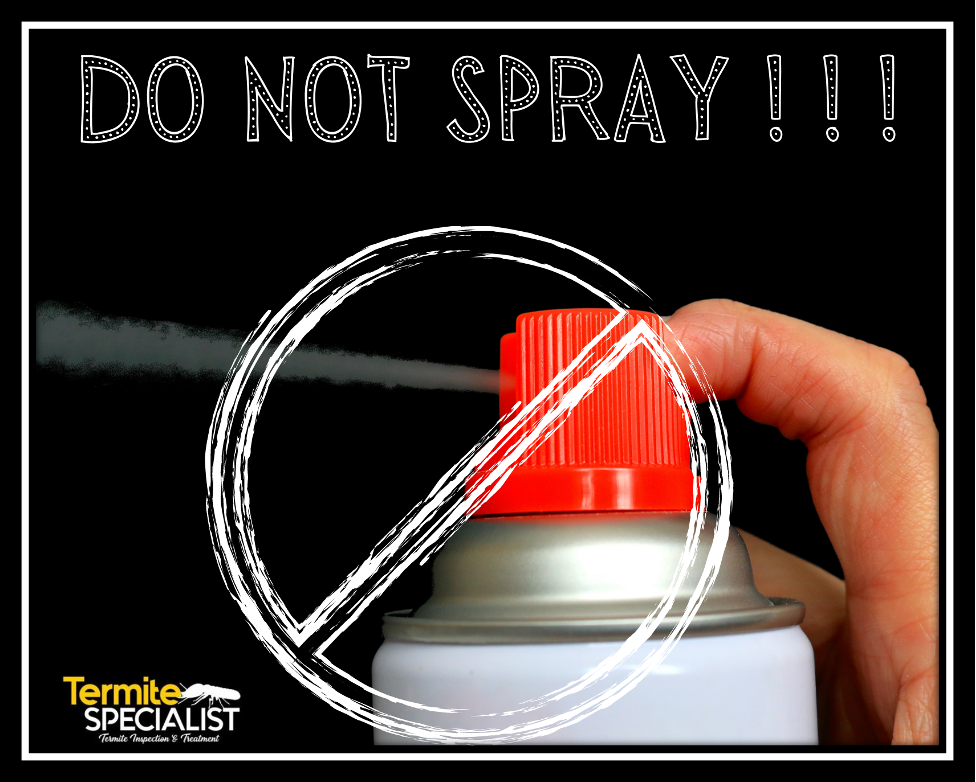

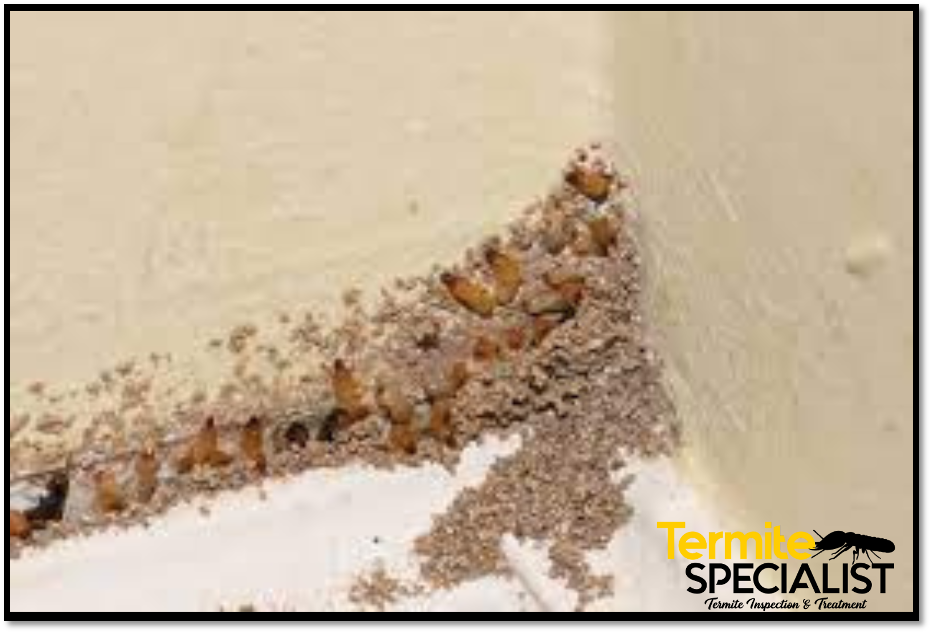
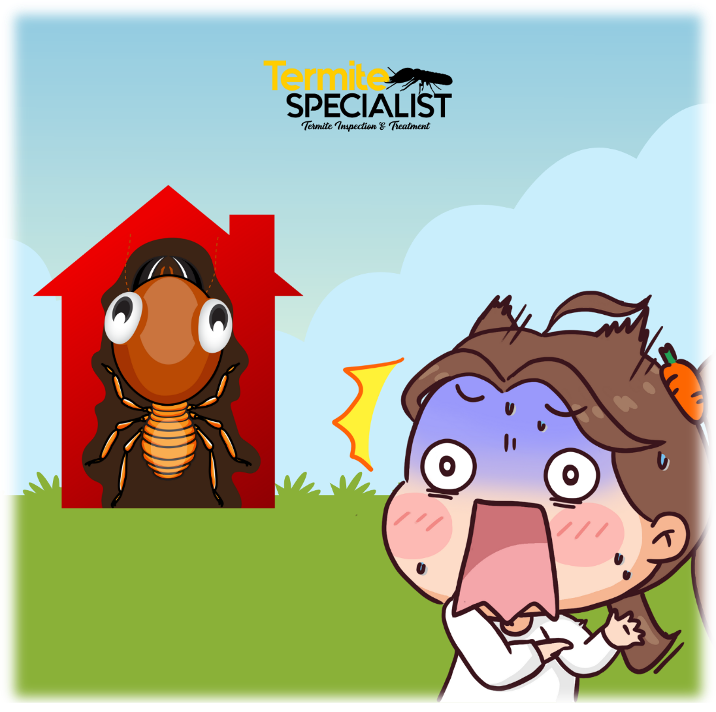
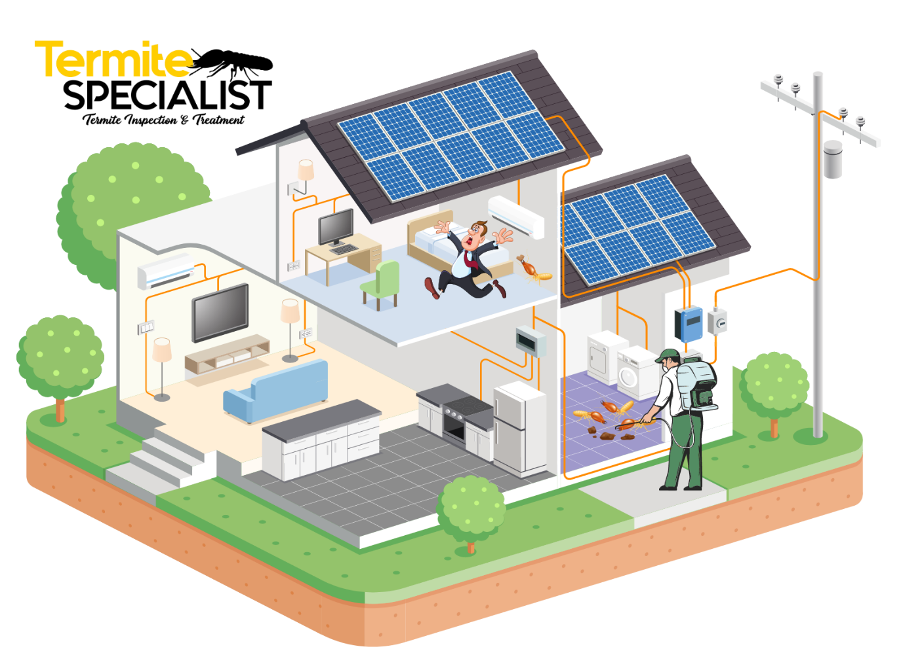
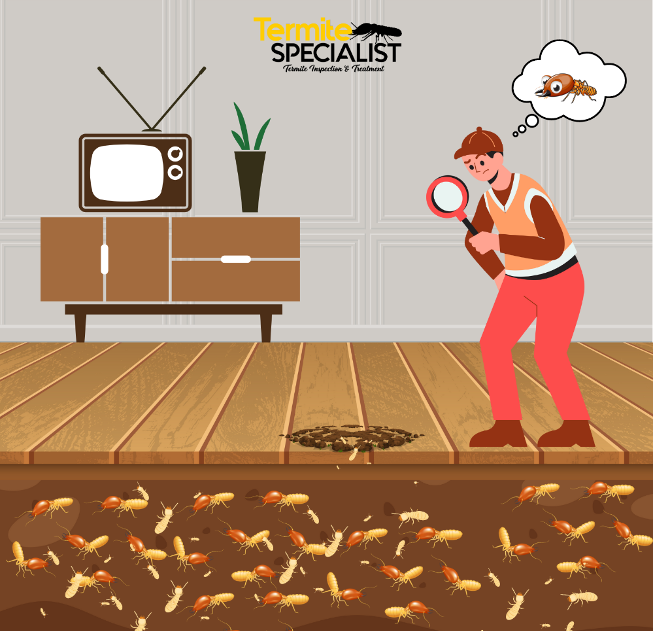
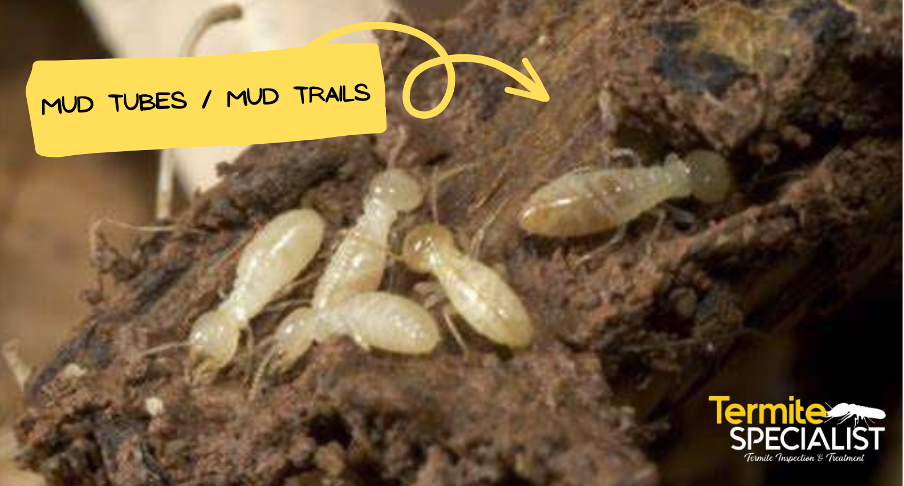

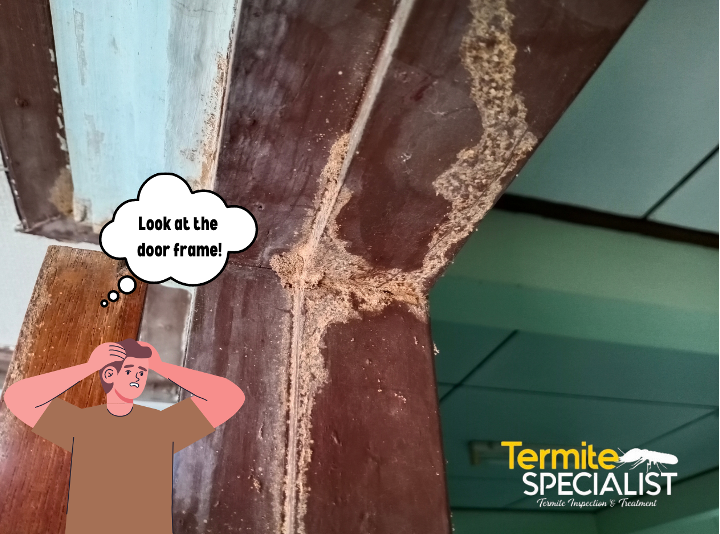
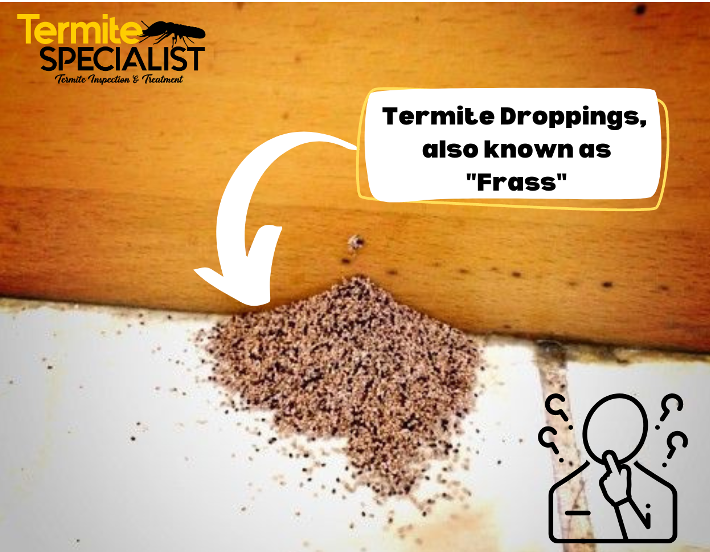
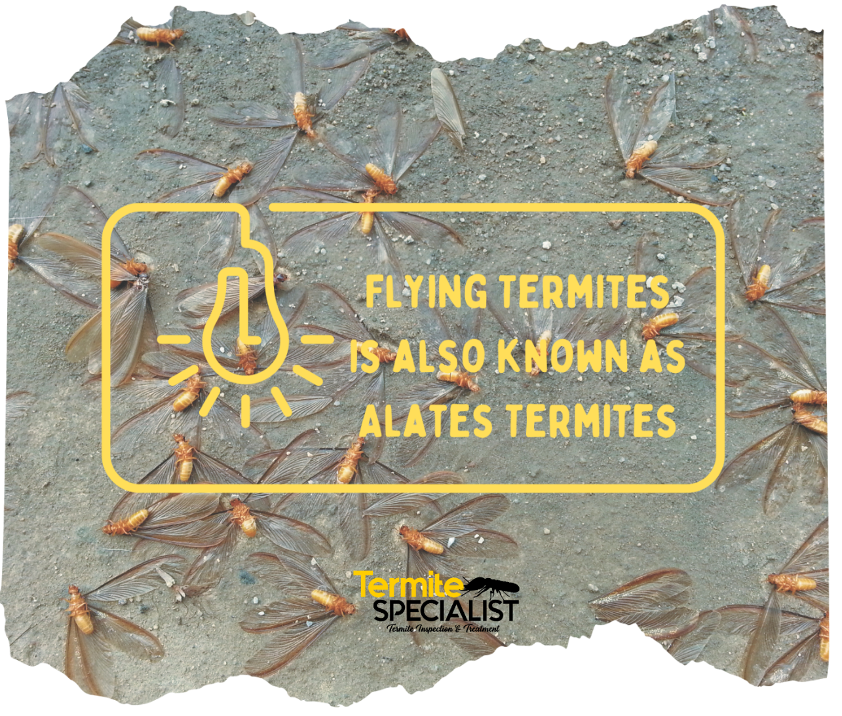
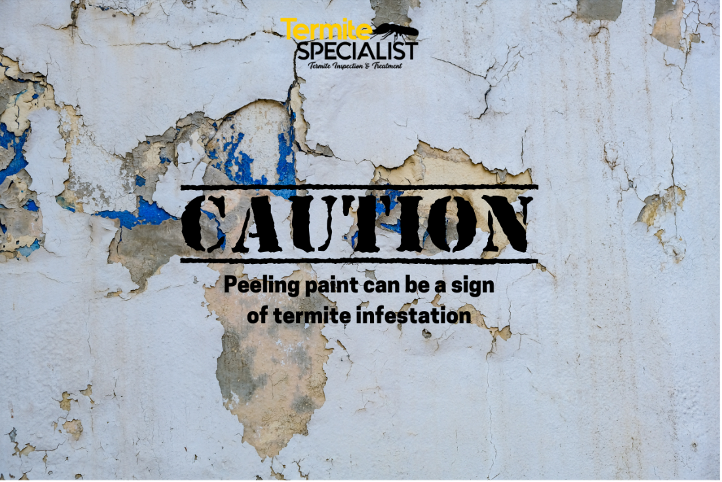
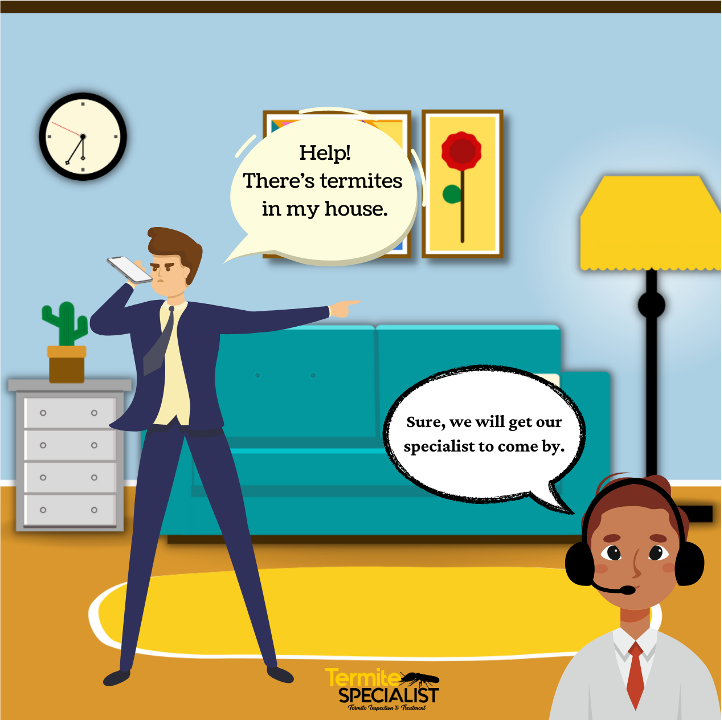

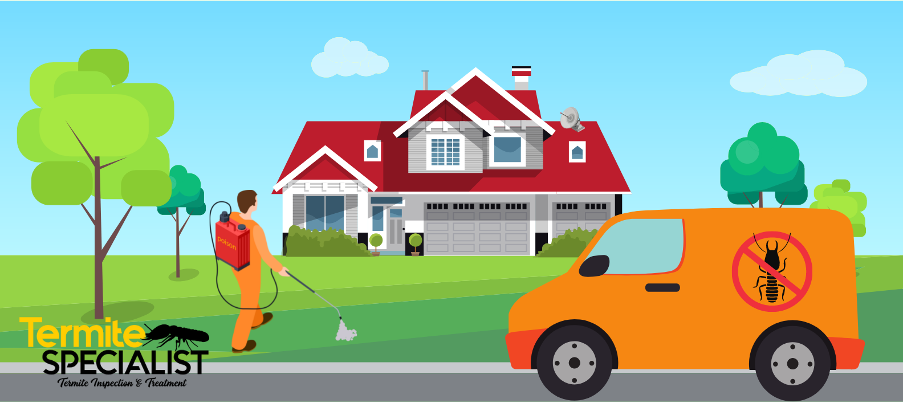
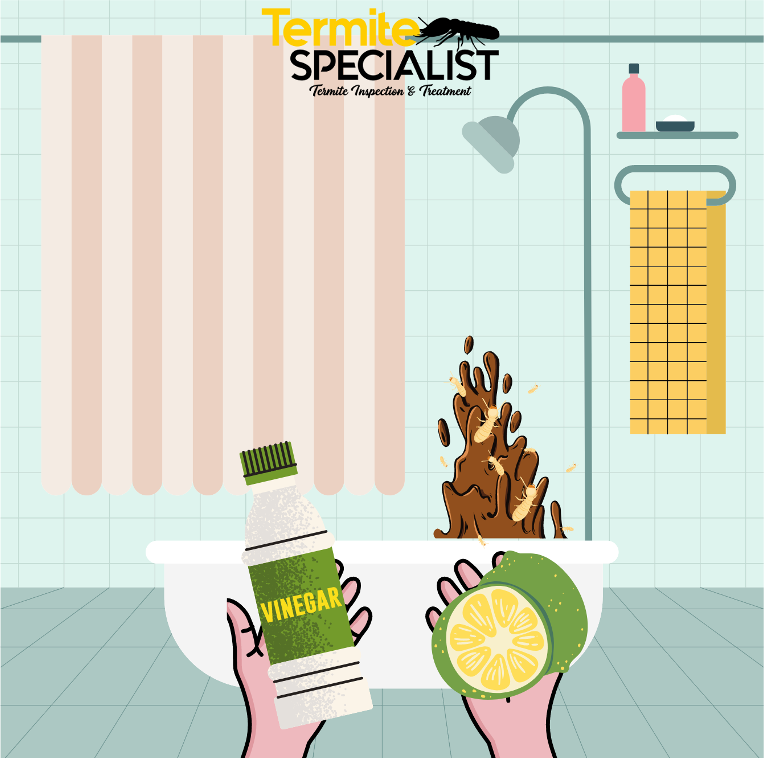
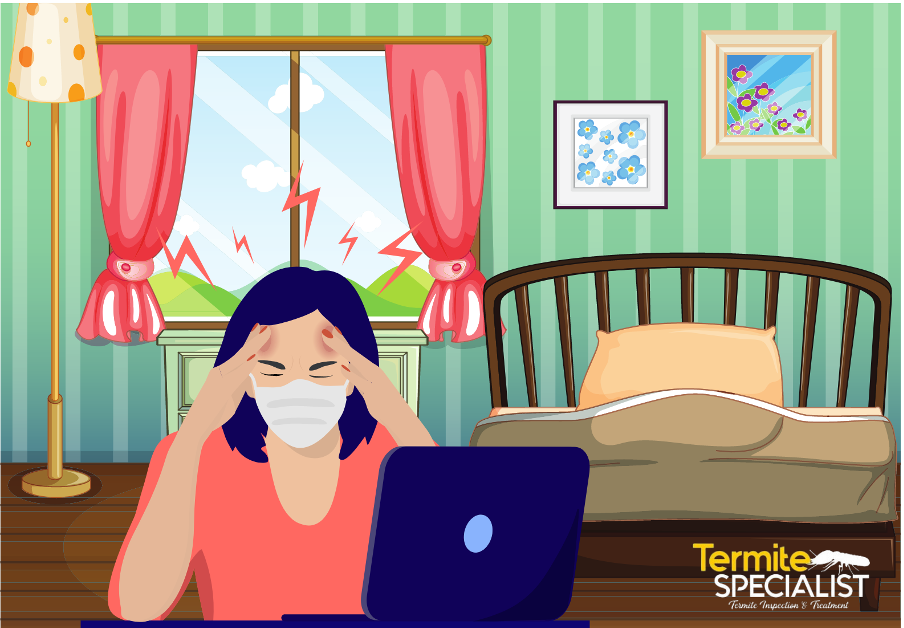

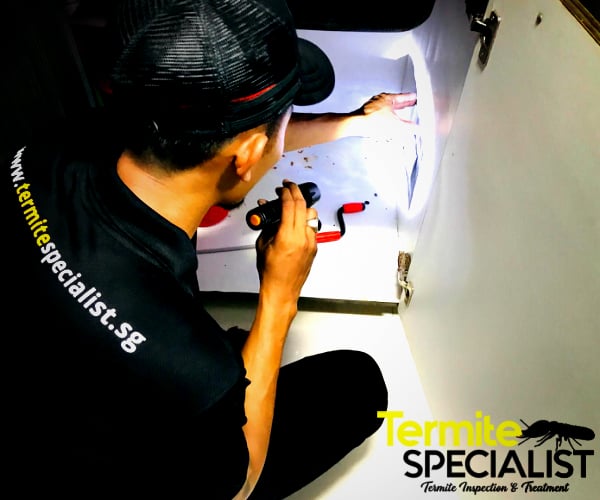

Dear termitespecialist.sg owner, Thanks for the educational content!
Pingback: House Termites: How to Identify, Prevent, and Treat (Complete Guide)